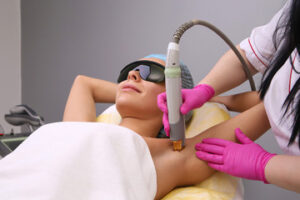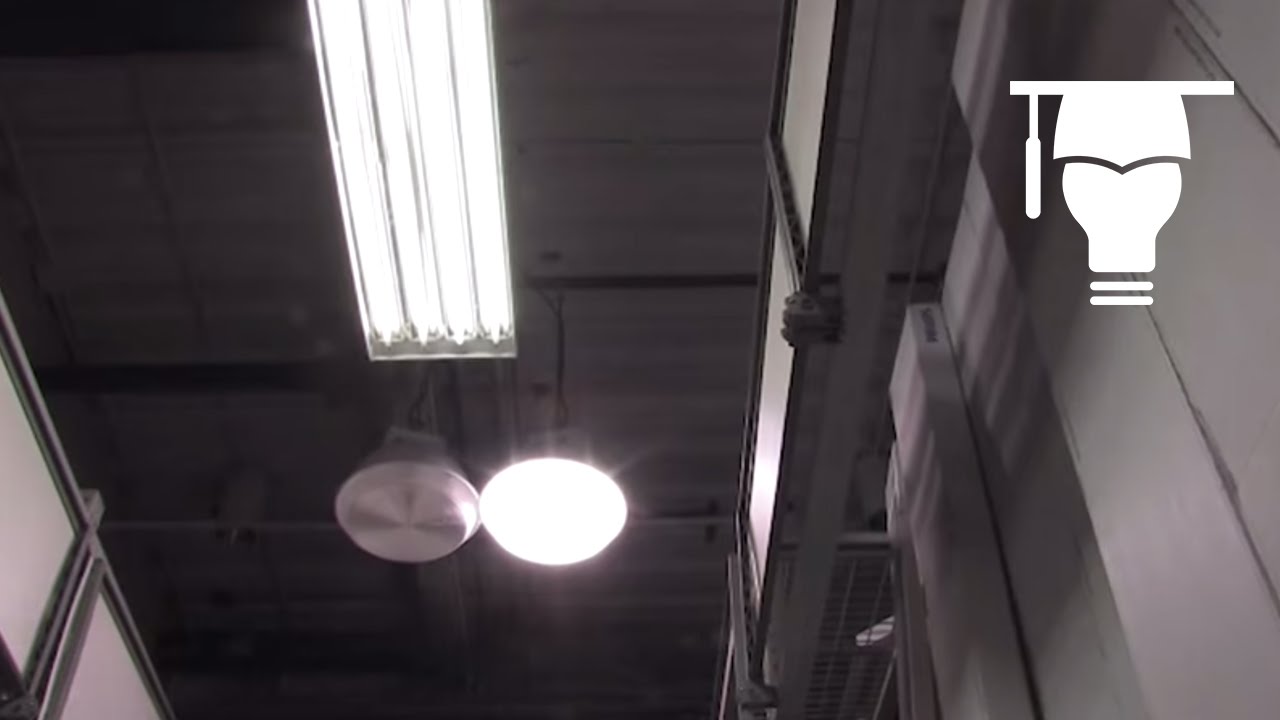Used Cars Antioch CA can offer a smart solution to your vehicle needs. But, before making a purchase, you should consider several important factors.
Be sure to choose a model that aligns with your lifestyle. This will ensure your satisfaction and save you money. The following tips can help you select the right used car for your needs:

Save Money
Many car buyers have to make a decision when buying their next vehicle: Do they go for that new-car smell and get a brand-new vehicle, or do they save money by getting a used one? This is a big decision and it’s important to consider the full cost of owning your vehicle over time, including maintenance and insurance costs. Choosing to buy a used vehicle can save you thousands on the initial purchase and often six figures or more over the lifetime of your vehicle ownership.
The primary reason that a used car may be less expensive is because it will likely depreciate less. This is especially true if you choose to purchase a Certified Pre-Owned (CPO) vehicle that goes through a strict examination process by the dealer and typically comes with warranties as well.
Another way that you can save money when buying a used car is to shop for vehicles that are not as popular as the most sought-after models. Because fewer people will be interested in these models, they will tend to sell for less. You can also save money by not opting for the latest tech features, as these are more expensive in most cases.
If you want to save even more, be sure to budget for the entire cost of owning your vehicle. This includes sales taxes, titling fees and insurance rates.
In addition, be sure to include money for any repairs or upgrades that may be necessary down the road. If you can do this, then purchasing a used vehicle can be a much more affordable option for most families.
If you are still determined to buy a new vehicle, then be sure to compare the price of your preferred model with similar vehicles that have been recently made by other manufacturers. Taking the time to do this research can help you find a new-car model that is comparable in quality and features but will be much less expensive than what you would expect to pay for a brand-new vehicle. You should also try to keep the tech features to a minimum and focus on the basics like air conditioning and entertainment systems.
Less Risk of Buying a Lemon
The used-car market is often described as an example of asymmetric information, with sellers knowing much more about the condition and quality of their vehicles than buyers. Sellers know about mechanical problems, maintenance records, and the history of repairs. This knowledge puts the buyer at a disadvantage when attempting to evaluate a car’s condition and make an informed purchase decision. While a thorough visual inspection and test drive can help identify some issues, it is difficult to catch everything that might be wrong with the vehicle.
Even though the risk of buying a lemon is lower when purchasing a used car, it is still important to do your homework. Make sure you get a full vehicle history report from the seller or check with an independent provider, such as AutoCheck or Carfax. This report should detail the ownership history of the vehicle, as well as accident and repair history.
Be wary of titles that read “salvage” or “rebuilt.” A salvage title indicates a damaged vehicle that was repaired for less than its actual value. This is an indicator of potential significant problems that could cost you more money in the long run. Also keep an eye out for odometer tampering, which involves lowering the odometer reading to conceal a higher mileage. This is also illegal and can be a red flag for a lemon.
When it comes to new or used cars, lemon laws can provide some protections for consumers who end up with persistent problems. However, these laws only apply if you are able to document that the dealer or manufacturer has made a reasonable number of attempts to fix the problem. Otherwise, the vehicle may not qualify for a refund or buyback under state law.
Be wary of enticing offers from sellers. If something doesn’t feel right about a vehicle or the seller, trust your intuition and move on to another option. Your peace of mind is worth the extra effort to find a safer and more reliable vehicle. If you have any questions or concerns, contact your state attorney general’s office to learn more about the laws in your area.
Less Dealer Add-Ons
Dealerships try to sell add-ons that can be expensive or unnecessary. These extra features, services or accessories are often presented as beneficial to both the dealership and the customer. However, many of these add-ons are simply designed to increase profit. Some car-buying tips help you avoid these dealer add-ons and save money on your new car purchase.
While some add-ons may increase your resale value, it is important to consider the practicality of each one before you pay for it. For example, if a dealer offers to add nitrogen to your car’s tires, you should know that it will cost you $100 or more, nearly all of which is profit for the dealership. In contrast, a chrome wheel or tinted windows may be worth the money if they improve your driving experience or offer protection against theft.
To avoid paying for these extras, you should always read the vehicle’s window sticker or supplemental sticker to learn about the factory-installed options and the dealer add-ons. Then, call ahead to find out if the car has these extras and ask the dealer what they are charging for each. Alternatively, you can buy a used vehicle that already has these add-ons to avoid overpaying at the dealership.
Some add-ons can be canceled or returned if you’re not happy with them, but it is important to check your contract for time limits and cancellation procedures. In addition, you should keep all paperwork pertaining to these add-ons, including any rebates or refund checks that have been issued. It’s also wise to consider getting gap insurance, which covers the difference between what you owe on your car and what it will be worth if it’s stolen or totaled.
When buying a used car, don’t let dealership add-ons distract you from your main goal of negotiating the best out-the-door price for your vehicle. Focus on the vehicle you want and don’t be afraid to walk away if you feel like you are being pressured. Also, remember that most add-ons can be canceled or bought later on, so don’t let the salesperson talk you into more than you need.
Warranty Options
There are a number of warranty options available for used cars. Some used car dealerships include a warranty with the vehicle when they sell it, while others offer warranties through third-party providers. A good used car warranty should cover essential components like the engine and transmission, last up to 15 years or 300,000 miles, have minimal exclusions and provide a quick claims process with excellent customer support. Compare multiple options to find the best fit for your needs.
Many used car buyers opt to purchase a standalone extended warranty, which can add several years of bumper-to-bumper protection to their vehicle. These warranties can cost hundreds of dollars per year, but they also protect against unforeseen breakdowns. In some cases, a warranty may even include benefits such as rental car reimbursement and roadside assistance, which can save you money if you are stuck on the side of the road.
If you are buying a used car from a private seller, check to see what the vehicle’s warranty status is before purchasing an extended warranty. Dealerships are required to post a Buyer’s Guide, which will usually indicate whether or not the car is covered by an existing factory warranty. If you buy a used vehicle from a private seller and the Buyer’s Guide states that the car is sold as-is, you can ask to participate in New York state’s arbitration program under lemon law regulations (read more).
Some people choose not to purchase warranties and instead save for unexpected repairs. This requires discipline and adequate savings to meet any necessary expenses, but it can help you avoid paying for expensive repair bills out of pocket.
A common alternative to buying an extended warranty is purchasing a certified pre-owned car (CPO). These vehicles have been inspected and repaired by the manufacturer and are usually warrantied for one to five years. You can typically find CPO vehicles at branded dealerships or on manufacturer websites.
When evaluating CPO and third-party warranty providers, look for transparency, flexible payment plans and comprehensive coverage. The provider should be able to provide sample contracts, and they should be willing to allow you to cancel or transfer your policy if needed. It is also important to consider the plan deductible, as this can affect both your premium and out-of-pocket costs.

